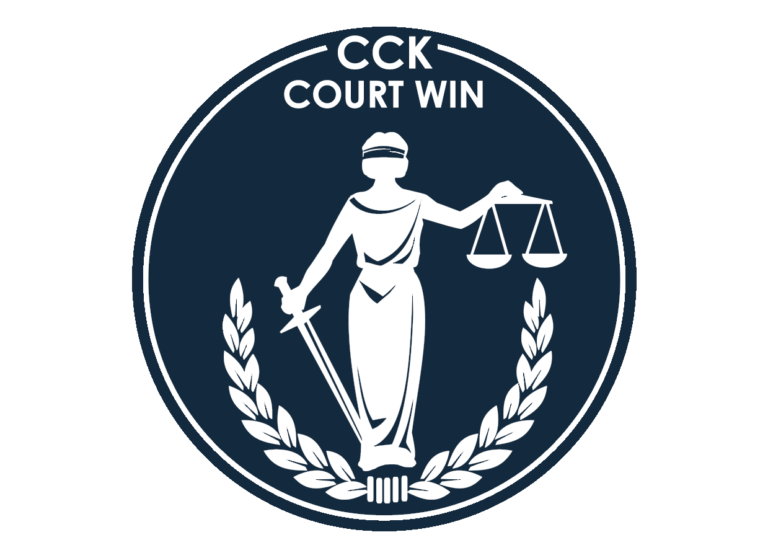CCK Secures Service Connection for Retinitis Pigmentosa in CUE Claim Dating Back to 1981

The Veteran served honorably in the United States Army from November 21, 1977 to November 20, 1980. In April 1981, he filed a claim for service connection for (1) a back injury he sustained in a jeep accident while on active duty; (2) service-incurred retinitis pigmentosa (i.e. a disorder of the eyes that causes loss of vision); and (3) impaired hearing due to artillery exposure. A few months later, he was granted service connection for hearing loss and awarded a noncompensable rating; however, he was denied service connection for his back injury and eye condition. In the Rating Decision, the Regional Office determined that the Veteran’s eye condition was not due to service because it existed prior to active duty without significant aggravation noted therein. The Veteran did not appeal this decision and it became final.
In March 2007, the Veteran filed to reopen his service connection claim for retinitis pigmentosa. The Regional Office denied this request in January 2008, finding that the evidence submitted was not new and material. After appealing and getting denied once more at the Regional Office, the Veteran perfected an appeal to the Board of Veterans’ Appeals. In December 2010, the Board issued a decision continuing to deny the Veteran’s request to reopen his claim.
CCK Begins Representing the Veteran, Files CUE Claim
Three years later, CCK began representing the Veteran and immediately requested VA’s July 1981 Rating Decision be revised based on clear and unmistakable error (CUE) insofar as it denied service connection for retinitis pigmentosa. CCK submitted significant argument and evidence demonstrating that no diseases of the eyes were noted at the time of the Veteran’s entry into service, thereby establishing the presumption of soundness. Instead, the Veteran underwent Medical Board proceedings in February and March of 1979 for an eye condition resulting in severely advancing bilateral loss of vision. CCK further argued that the 1981 Rating decision denied service connection by asserting the condition existed prior to service and that it was not “significantly” aggravated by service. In doing so, VA confused a disability which is familial in nature with one that is a genetic deformity and failed to rebut the presumption of soundness. Despite CCK’s arguments, the Regional Office determined in a February 2014 Rating Decision that no revision was warranted in the previous decision to deny compensation for retinitis pigmentosa. CCK appealed this denial to the Board once again on behalf of the Veteran.
In April 2016, the Board issued a decision denying the Veteran’s CUE claim regarding service connection for retinitis pigmentosa. In its decision, the Board found that the July 1981 Rating Decision was not the result of errors of fact or law, but rather the evidence of record at the time did not undebatably show the Veteran’s eye condition was incurred in or aggravated by service. The Board conceded that the Veteran was entitled to the presumption of soundness because no eye abnormality was noted on his entrance examination; however, the Board stated that the law, at that time, did not require the Regional Office to rebut both prongs of the presumption of soundness. Instead, the Board reasoned that the Federal Circuit’s recent interpretation of the law in Wagner v. Principi was not applicable because it did not exist at the time of the July 1981 Rating Decision.
CCK Appeals BVA’s Decision to the CAVC
CCK continued representing the Veteran at the Court of Appeals for Veterans Claims (CAVC) and successfully appealed the Board decision that denied his CUE claim. CCK argued that the Board decision erred in its determination that no CUE existed in the 1981 Regional Office decision. Specifically, CCK argued that the Federal Circuit’s interpretation of the statute regarding the presumption of soundness in Wagner has applied since the date of enactment in 1958. The Court agreed that the Board erred when it concluded that the Veteran could not challenge the correct legal standard that applies to the presumption of soundness in the CUE context. Accordingly, the Court remanded the Veteran’s CUE claim to the Board. The Court provided instructions for the Board to use the correct legal standard in determining whether the Regional Office rebutted the presumption of soundness in 1981 by relying on clear and unmistakable evidence that the Veteran’s eye condition both preexisted and was not aggravated by service.
CCK’s Final Argument Leads to Favorable Board Decision
Upon returning to the Board, CCK submitted additional argument, continuing to assert that the Board erred when it concluded that there was no CUE in the July 1981 Rating Decision regarding the misapplication of the presumption of soundness. In June 2018, the Board issued a decision finding the July 1981 Rating Decision contained CUE. The Board revised the previous Rating Decision to reflect a grant of service connection for retinitis pigmentosa effective April 1981. In its decision, the Board found that the record before the Regional Office at that time established that the Veteran’s retinitis pigmentosa was asymptomatic at the November 1977 entrance examination. After entering service, the Veteran began to experience symptoms of decreased peripheral vision and night blindness. The symptoms were bad enough that the Veteran was forbidden from combat activities, driving, or engaging in any activities that took place in dim or no light. Eventually the symptoms became so severe as to result in the Veteran being found unfit for duty and separated from active service.
The Board noted that the evidence of record before the Regional Office in 1981 was devoid of clear and unmistakable evidence showing that the Veteran’s eye condition had both preexisted service and was not aggravated by service. Therefore, the Board found that the presumption of soundness regarding retinitis pigmentosa was not rebutted. Accordingly, the Board concluded that the Regional Office applied the law at the time incorrectly in denying service connection for the Veteran’s eye condition and that error, had it not been made, would have changed the outcome of the decision on the claim.
Regional Office Implements Board Grant, Awards Total Rating and SMC
In April 2019, the Regional Office issued a Rating Decision implementing the Board’s grant of service connection for the Veteran’s eye condition. Specifically, service connection for retinitis pigmentosa was granted with an evaluation of 100 percent effective April 1981. The Regional Office also determined the Veteran was entitled to (1) Special Monthly Compensation (SMC) based on loss of use of having light perception effective April 1981; (2) SMC based on housebound criteria effective April 2007; and (3) Dependents’ Education Assistance benefits effective April 1981. Ultimately, CCK’s efforts resulted in a substantial retroactive award for the Veteran and entitlement to the benefits that he deserved all along.
About the Author
Share this Post
